
Pick up that freshly purchased bottle of wine and take a look at its bottom. What do you find? That’s right, there’s a peculiar feature—a depression or indentation, commonly referred to as a “dimple.” This unique feature often appears in wine bottles, and if you’ve ever wondered why many wine bottles have this sunken dimple at the bottom, you’re not alone. While the dimple may seem like a simple design element, it actually has profound historical, functional, and symbolic meanings.
In this article, we’ll explore why wine bottles have dimples, diving into the technical aspects of wine bottle design, the historical evolution of dimples, and their continued relevance in modern glass wine bottle packaging. We’ll also discuss how this feature affects the overall experience of wine production, packaging, and consumption, with a special focus on the wine bottle packaging industry. Whether you are in search of wine bottles for sale, wine bottles wholesale, or even bulk wine bottles, understanding the importance of this design feature can enhance your appreciation of wine bottle glasses, and help those in the liquor bottle industry make more informed decisions about unique wine bottles and small wine bottles bulk.
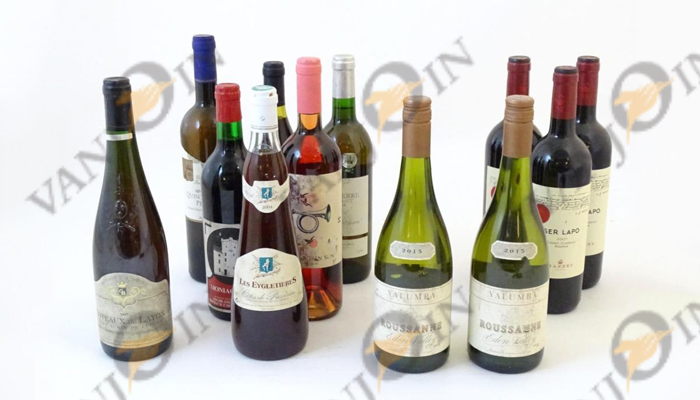
Understand the Basic Structure of a Bottle
Before we delve into the details of the indentation at the bottom of the bottle, it’s important to understand the structure of a glass bottle. A typical wine bottle is divided into several parts, each of which plays a specific role in the structural integrity, functionality, and usability of the bottle:
Neck: The narrow upper part of the bottle. The neck is used to hold the cork or cap and ensure that the bottle can be properly sealed. This part of the bottle is essential to prevent oxidation and maintain the integrity of the wine.
Body: The main cylindrical part of the bottle that holds the liquid. The wine bottle is what holds the wine, and it often has different shapes and designs to distinguish different types of wine, such as Bordeaux bottles, Burgundy bottles, and Champagne bottles.
Base: The bottom of the bottle, which typically has a groove or indentation. While some bottles have a flat bottom, most wine bottles have a shallow or deep indentation (also known as a punt). This feature plays a significant role in the functionality and strength of the bottle.
Lip: The top edge of the bottle, which can vary in shape and size depending on the style of wine. The lip ensures that the wine is easy to pour and does not spill.
The process of making a glass wine bottle involves several key stages. The glass is melted at extremely high temperatures and formed into the shape of the bottle using a mold. The base of the bottle is usually made by pressing the glass with a tool, which creates an indentation during the cooling process. This adds strength to the bottle and gives it a unique, recognizable look.
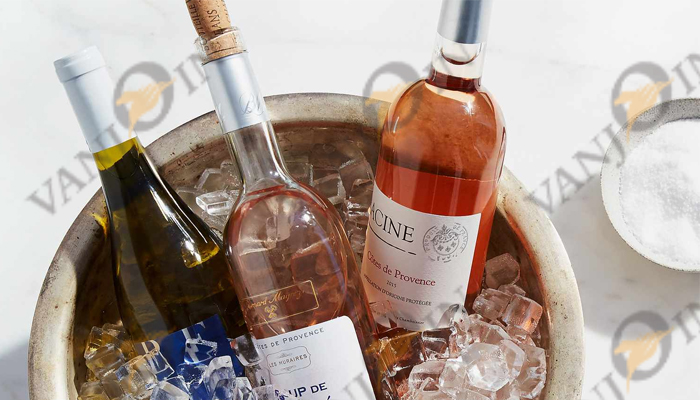
What Exactly Is the "Indent" in a Wine Bottle's Base?
The indent in the base of a wine bottle is called an Indent. The depth and shape of the punt can vary depending on the design of the bottle and its intended use. Some wine bottles have a deep, pronounced punt, while others feature a more subtle indentation.
The punt’s origin can be traced back to the early days of glass production. When glassblowers used to shape bottles by hand, the punt was created to help remove the bottle from the mold. In modern manufacturing, the punt is mostly a residual design feature, but it still plays a crucial role in the structural strength and functionality of the bottle.
Though it might seem like a mere aesthetic choice, the punt has multiple purposes that contribute to the bottle’s durability, stability, and ease of use. Let’s explore these reasons in more detail.
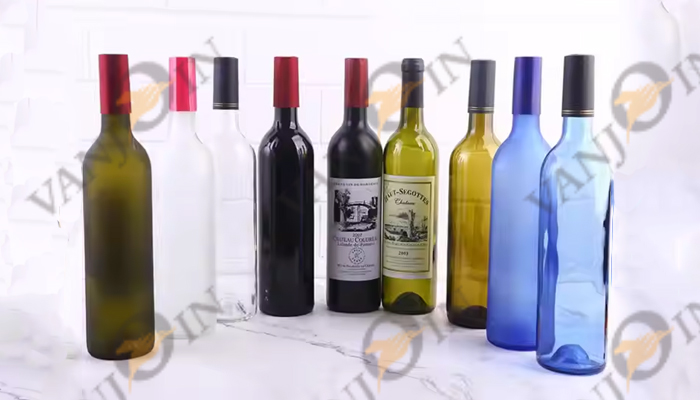
Why Do Wine Bottles Have Indents?
1. Structural Integrity and Durability
One of the main reasons for the indentation at the bottom of wine bottles is to enhance their structural integrity. Glass bottles are subject to a variety of stresses, especially for sparkling wines such as Champagne or Prosecco. The internal pressures, as well as the external pressures from handling, shipping, and storage, can cause the glass bottles to break or crack.
Indentations help distribute the pressure more evenly across the surface of the bottle, reducing the likelihood of breakage. Additionally, the indentations help the bottle maintain its shape and stability during transportation, lowering the risk of accidents during handling and shipping.
2. Sediment Collection in Wine
For older wines, especially red wines, sediments naturally form as the wine matures. The indentation at the bottom of the bottle, often referred to as a “punt,” allows these sediments to settle at the bottom of the bottle, away from the neck. When pouring the wine, the sediments remain in the bottom, reducing the chance of them contaminating the poured wine.
Sediment forms naturally during the aging process, and the punt helps prevent these particles from being poured into the glass. This ensures that the wine remains as pure and visually appealing as possible. This feature is particularly important for wine enthusiasts who enjoy aged wines without the disturbance of residue in their glass.
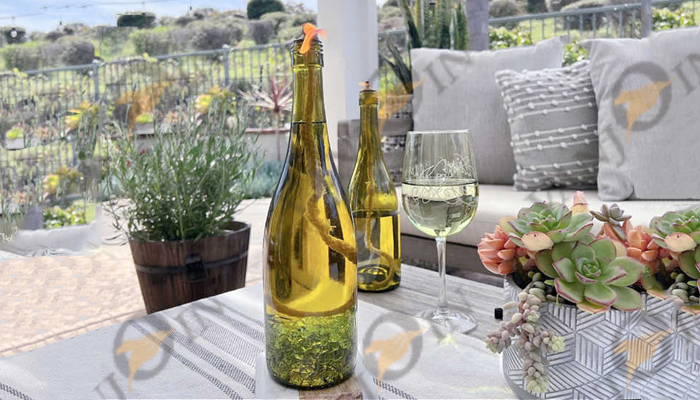
3. Easier Handling and Pouring
The indent provides a practical function for those handling and pouring the wine. The curvature of the punt allows a person’s thumb to rest naturally in the indentation, making the wine bottle easier to hold securely. This is particularly helpful when pouring a bottle that’s full of liquid, as it provides more control over the bottle’s weight. Additionally, the punt acts as a balance point, making it easier to pour without spilling.
4. Aesthetic Appeal and Symbol of Quality
The depth of the depression in a wine bottle is often seen as a sign of quality and craftsmanship. Many wine drinkers subconsciously associate the indentation with a higher-quality product, even though the functional reasons for the depression are largely practical. While the production of wine bottles has become largely industrialized, the depression remains a symbol of tradition and elegance.
Wine bottle design plays an important role in branding and marketing. A unique depression can help a wine bottle stand out on the shelf, adding an element of sophistication and luxury. Wine bottles with deep and noticeable indentations are often linked with traditional, high-end wines and are regarded as a sign of the bottle’s age and quality.

5. Better Stability When Storing
The punt also contributes to the bottle’s stability when placed in a wine rack. The recess at the bottom allows the bottle to rest more securely, preventing it from tipping over easily. This is especially important when storing bottles for long periods, as a stable position ensures the wine stays intact and undisturbed.
For those storing wine in cellars or commercial storage facilities, the punt is a valuable feature that helps prevent accidental tipping and damage. Its stable design helps make the bottle less prone to rolling or toppling in racks.
6. Customization and Innovation in Bottle Design
While the punt has practical functions, it also offers design opportunities for wineries and packaging manufacturers. Custom bottle designs with varying depths, shapes, and sizes of punts are becoming increasingly popular as wineries strive to differentiate their products.
Vanjoin Glass, for instance, offers customization options for wine bottle design, ensuring that each client receives a product that fits their brand identity. Whether you need a deep punt for a traditional wine or a more minimalist design for a modern product, we can provide tailored solutions that reflect your vision.
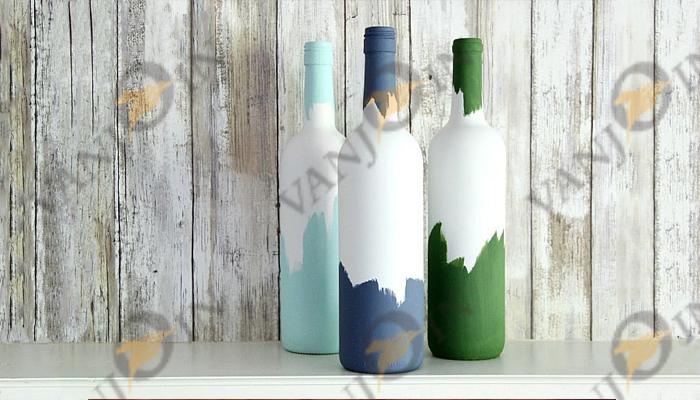
7. Tradition and Historical Practices
The use of the punt dates back to the earliest days of glass bottle production. In the past, glassblowers used the indent to stabilize the bottle during the cooling process. It was also a result of the manual glass-blowing techniques that were used in the production of glass bottles centuries ago.
As the wine industry evolved, the punt became a symbol of craftsmanship and tradition. Its continued use in modern wine bottles connects consumers to the rich history of winemaking and glass manufacturing.
8. The Punt in Sparkling Wines
In sparkling wines, the punt serves an additional purpose. Due to the carbonation in sparkling wines like Champagne, the pressure inside the bottle is much higher than that of still wines. The punt helps distribute the pressure evenly across the base of the bottle, ensuring it can withstand the internal force without cracking.
Sparkling wine bottles are often made with deeper punts to accommodate the increased pressure. This additional reinforcement helps prevent accidents and ensures the wine remains safe to transport and store.
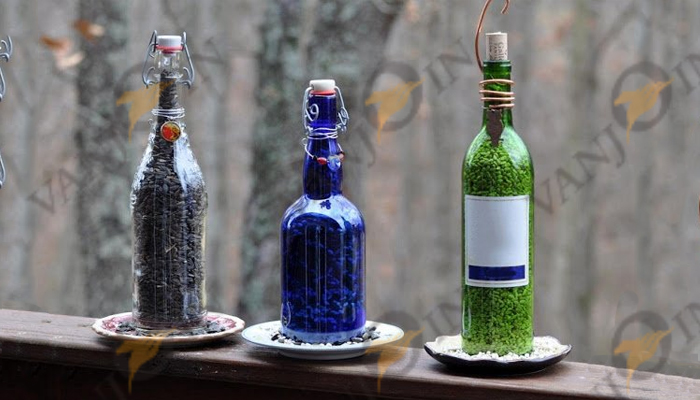
9. Cost Considerations for Manufacturers
While the punt may add some cost to the manufacturing process due to the added steps required in molding the glass, it is often seen as a worthwhile investment. The benefits of improved strength, stability, and aesthetic appeal make the punt a valuable feature, especially for premium wine brands looking to differentiate themselves in a competitive market.
10. Different Wine Bottles for Sale
In a crowded marketplace, the punt is one-way wineries can distinguish their products. The presence of a punt can signal to consumers that the wine is of higher quality, making it an essential design feature for many premium brands. Customizing the punt, along with other design elements, can help set a wine apart on store shelves.
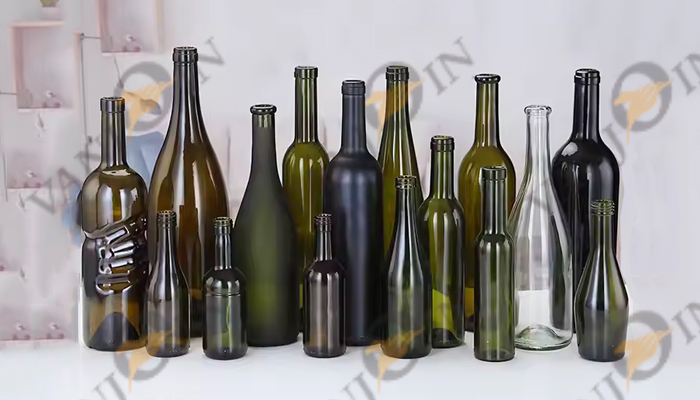
Glass Bottle Production and Demand in the Industry
The global demand for glass bottles in the wine industry is steadily growing, especially as consumers seek higher-quality wine packaging. According to recent reports, the global glass packaging market is expected to reach $74.8 billion by 2025, with wine packaging accounting for a significant portion of this demand. As wine consumption continues to grow, so does the demand for quality glass wine bottles.
As more high-end wine brands turn to glass bottles for packaging, the industry is investing heavily in the production of durable and elegant glass solutions. The growing demand for unique wine bottles has led to innovations in design and functionality, ensuring that wine glass bottles stand out in the competitive market.
The global trend toward sustainability is also encouraging wineries and distributors to adopt more environmentally friendly practices in glass bottle production. This shift is in line with Vanjoin Glass‘s commitment to providing sustainable and eco-friendly packaging solutions. With the rising demand for wholesale wine bottles, bulk wine bottles, and small wine bottles bulk, companies are increasingly focused on offering packaging options that meet both aesthetic and environmental standards.
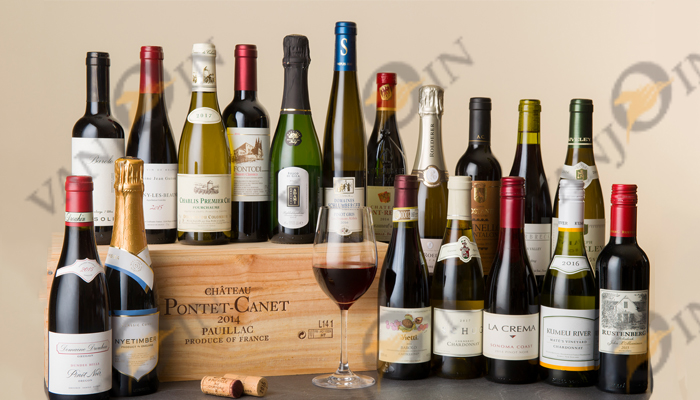
Innovative Customizations and Design Solutions at Vanjoin Glass
At Vanjoin Glass, we offer innovative and customizable glass bottle solutions that cater to the needs of the wine packaging industry. Our glass bottles are designed with precision and care to meet both functional and aesthetic requirements. Whether you need wholesale wine bottles, bulk wine bottles, or unique wine bottles with custom punt designs, we can provide the perfect solution.
Our experienced team works closely with clients to create bespoke packaging solutions that elevate their wine products. From the wine bottle design to the depth of the punt, we offer full customization options to help your brand stand out. With our commitment to quality and sustainability, Vanjoin Glass ensures that every bottle meets international standards.
Conclusion
The groove at the bottom of a wine bottle is more than just a design feature—it serves multiple purposes, from adding strength and stability to the bottle to enhancing the pouring experience. It is also a symbol of quality, tradition, and craftsmanship that has endured through the ages. As a leading manufacturer of custom glass bottles for the wine industry, Vanjoin Glass is proud to offer a wide range of innovative and customizable packaging solutions. Our wine bottles combine functionality, durability, and aesthetic appeal, helping you create wine packaging that reflects the true quality of your brand.